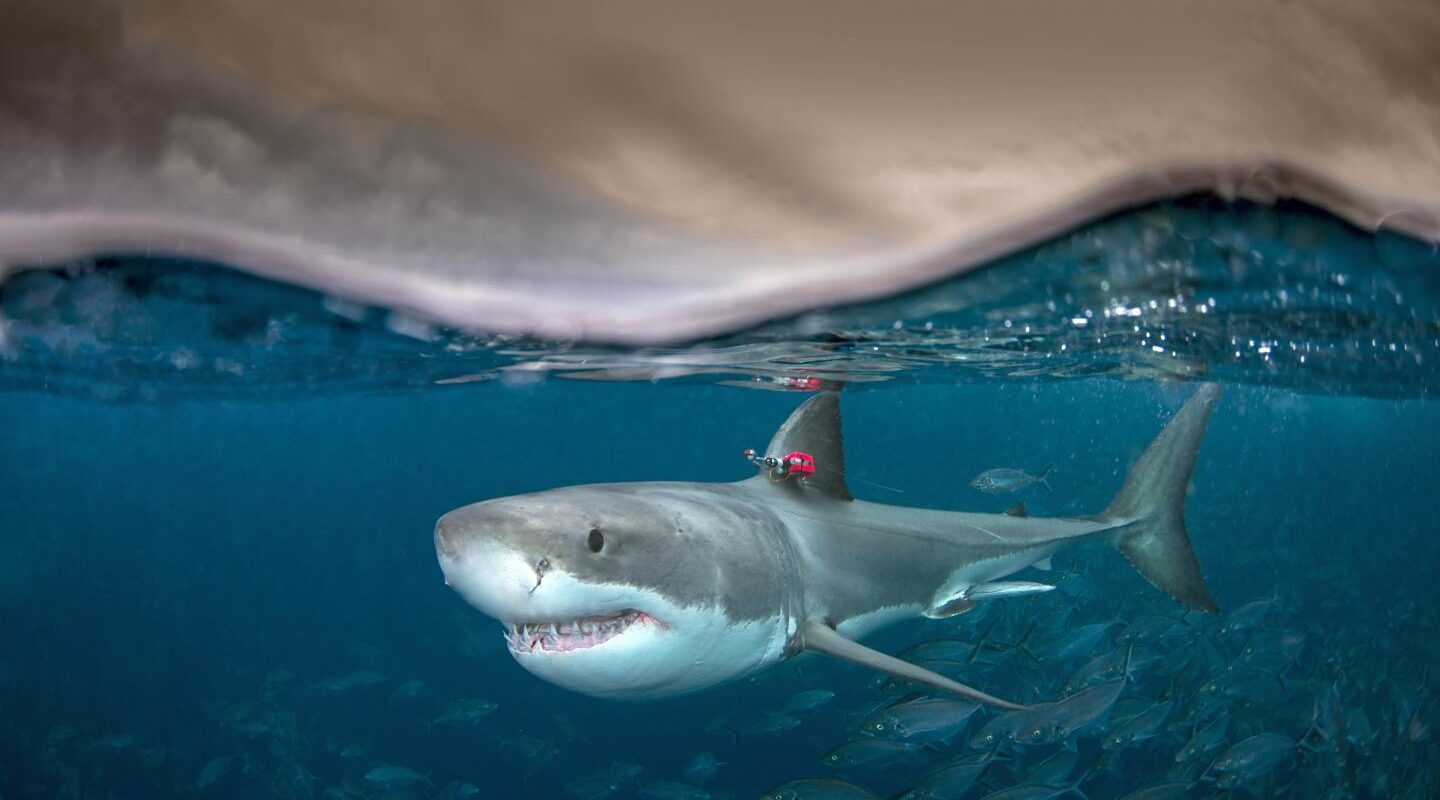Paper: Harding, L., Jackson, A., Barnett, A., Donohue, I., Halsey, L., Huveneers, C., … & Payne, N. (2021). Endothermy makes fishes faster but does not expand their thermal niche. Functional Ecology.
At a speed of 43 mph, it is nearly impossible to escape the deadly jaws of bluefin tuna. Their powerful muscles and streamlined torpedo-shaped body make them one of the fastest animals in the ocean. But according to a new study published in the journal Functional Biology, there is one more adaptation that contributes to this fish’s speed – endothermy. The results from this study not only explain the ecological advantage of endothermy among fish, but it could also inform future conservation plans for warm-blooded fishes like tuna and predatory sharks.
Making Sense of Warm-Blooded Fish

Scientists are still making sense of the ecological advantage of endothermy among fish. One hypothesis argues that endothermy could expand the thermal niche of warm-blooded fish. Warm-blooded fish, according to this hypothesis, inhabit greater temperature ranges than cold-blooded fish, therefore, they have access to more sources of food and shelter. Another hypothesis claims that endothermy might result in faster swimming speeds, which are helpful when these animals are migrating or hunting. Yet, the evidence needed to test these hypotheses is difficult to acquire. As a consequence, the evidence supporting either hypothesis remains slim.
Smart Watches for Fish
Luckily, technological advances are finally allowing scientists to take a closer look into the differences between cold-blooded and warm-blooded fish. Like an Apple Watch or a Fitbit that tracks your steps, workouts, heartbeat, and other vital signs, biologging devices attached to the fishes’ fins collect important data about a fish’s whereabouts and swimming abilities. These tags provide a window into the lives of fish.

Scientists from Trinity College Dublin compiled biologging data from both cold-blooded and warm-blooded fish. Information such as water temperature, swimming speed, and water depths allowed scientists to simultaneously test both hypotheses. According to this data, on average warm-blooded fishes swim 1.6 times faster than their cold-blooded counterparts. Furthermore, this study found that warm-blooded fishes do not inhabit broader temperature ranges than cold-blooded fish.
Conservation
Knowing that both warm-blooded fishes inhabit the same thermal ranges as cold-blooded fish has important conservation implications. Animals with broader temperature ranges are more resilient to the effects of climate change. The results from this study show that warm-blooded fishes face the same risks posed by climate change. This information is particularly important when creating conservation plans for threatened species.
Hello! I am a science communicator who loves sharing stories about the ocean. In my free time, I enjoy running, spending time outdoors, doing puzzles and sipping on coffee while reading a good book. I am also an educator at the Museum of Science in Boston.

